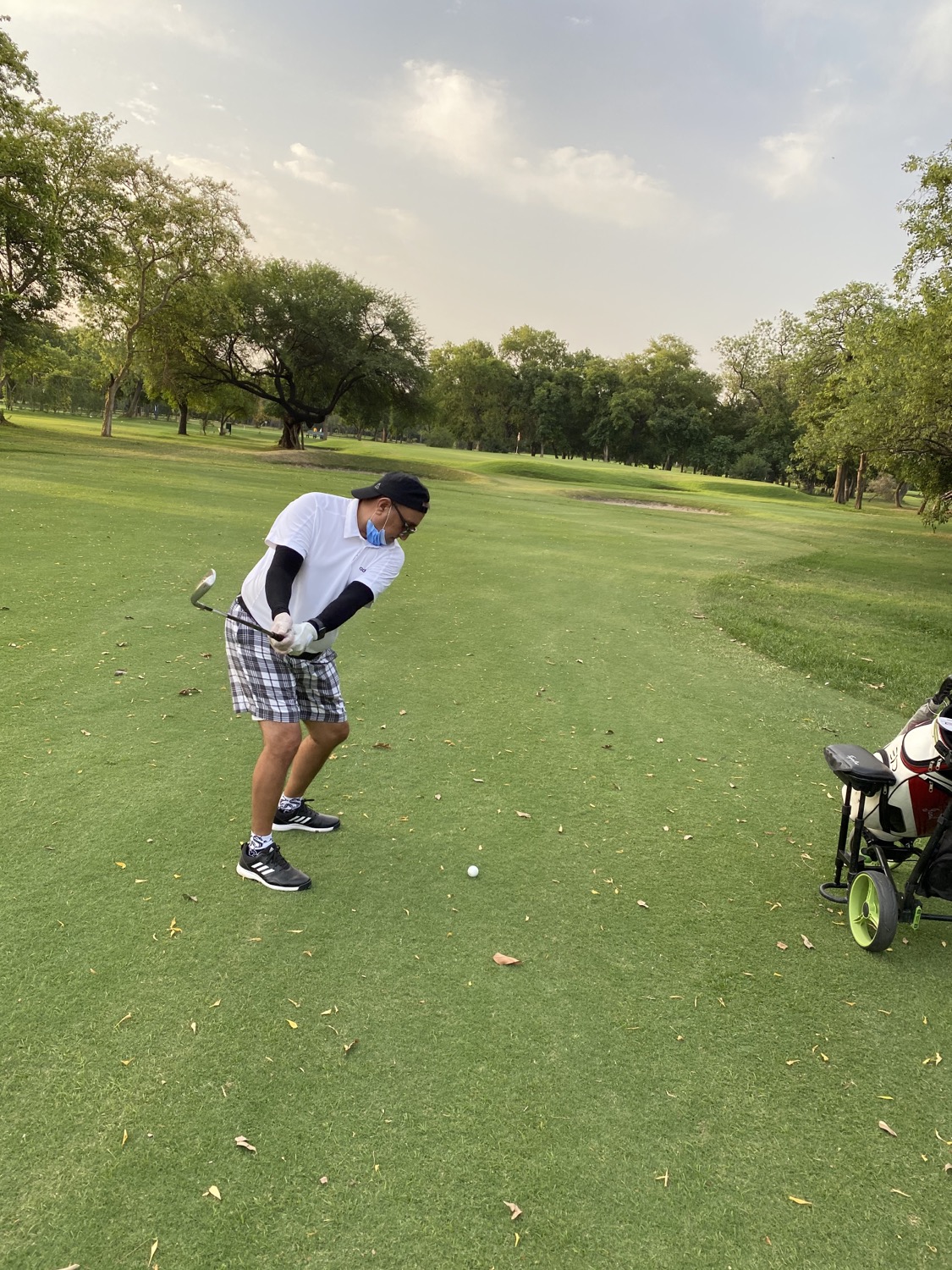Dialect of Golf
- Ahsan Jamil

- Jul 2, 2022
- 3 min read
“Only when you drink from the river of silence shall you indeed sing.”
Khalil Gibran
While I was in Istanbul, I went to play golf at Kemer Golf & Country Club. It was not a short drive from my hotel at Bosphorus, but the trip was worthwhile. I felt reassured seeing that they had SIM rental clubs, since I was playing with those at home. The caddie knew no English, nor did I know Turkish. It was my first experience with a foreign caddie. Another country, another club, another language, another caddie — same golf set and same game.
I was amazed to see that golf has its own dialect. We understood each other perfectly. I remember that particular caddie today, because I just faced a similar situation at a golf course in New York. I was paired with three Koreans, and none of them spoke English. Being a veteran at the club, I was familiar with the course. I told them I was a foreigner like them but that I had played at the club numerous times.
In order to understand the course layout, they decided to give me the tee permanently in that round so that they could read my shots and know my intended line and length. I was wondering, "Was it a smart move on their part?" Only time would tell.
During the round, I was performing better than usual. My tee shots were straight, and I was riding the hour. While playing, I learned two Korean words: Oenjjog (left) and Oleunjjog (right).
My mind was busy imagining how humans developed the language for the very first time.
At the course, foreign caddies and foreign players used gestures and signs to communicate, and so did I. Gestural language might have given birth to vocal language. This notion gives me a whole new topic for research. Only then would I be able to write about the history of language.
Speaking of language, I wonder if the greenery of the course itself carried a dialect.
The trees, shrubs, short grass of the green, long grass of the rough, boundary of the sand pits, banks of the water hazards, and snaking paths across the fairways actually speak to us. They communicate directly to our subconscious through a silent pronunciation. They can sense our moods through our footsteps. The rolling ball tells them the stories of frustrated and hilarious moments. The rhyme of our steps, the oscillating trees, the design of the manicured fairways, the wilderness of the rough, the smile of the greens, and the chirping of the birds all create a panoramic anthem —
the anthem that invites the golfer again and again to be part of it, to be one with nature.
Nature and man are two vital phenomena in this universe.
Like the great poet Iqbal says,
You created night, I made the lamp
You created land, I made grail
You created deserts, mountains and meadows,
I made streets and gardens.
I am the one who makes mirror from the sand; I am the one who makes syrup from the poison.
Man’s creativity with natural resources is remarkable and unmatched. Human beings make boats from wood, and they make flutes from it, too. They burn it for warmth and pack their dead bodies in it. Tree is nature’s great creation, and man manifests its utility. He does so with so many other natural things.
If nature would only allow humans to continue! They will make the rest of the stars their homes. Humans have made a strong web of roads on the earth and — most recently — developed the highways in space.
All roads that man made eventually end at certain points, but their journey does not. If the universe is endless, if time is infinite, so too is human desire for more.
“You show your worth by what you seek.”
Rumi
By
Ahsan Jamil
Golfer, Blogger, Entrepreneur, Author, Poet, Wanderer, photographer, Rebel.
Email: Golfaij@gmail.com
Website: Golfaij.com
YouTube: Morning with Golf







Passion for golf and travel explained in a beautiful way as ever😊👏🏻👍🏻
I can relate your thought on ‘dialect of golf’ with my personal experience of working as a banker in the gulf countries dealing with Arab clients. I realized the language was never a barrier in money matters, as is in love, and, apparently is true in golf as well…….. Thanks for sharing, keep them coming as your presence is felt !
Every Newly born have his own dialect, which his/her mother fully understand.